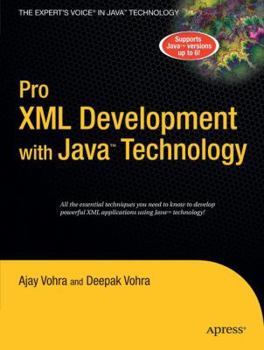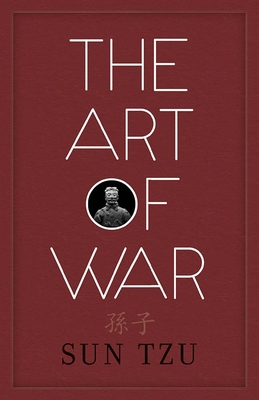Pro XML Development with Java Technology
XML is one of today's most important technologies -- it is supported natively by many databases, and technologies, and is the logical choice for a powerful data medium transferable across applications and platforms. Many older references are large tomes, and are now very old. This book takes a streamlined approach, giving the reader all they need to hit the ground running, without making them trawl through hundreds of pages of syntax. The book is also thoroughly up-to-date, covering the newest XML standards (DOM 3.0, XSLT 2.0, XPath 2.0) and Java tools (including JAXB, Xerces2-j, JAXP, XML Beans, and many more, ) and the relevant new features of Java 5 and 6. In short, Pro XML Development with Java gives readers all they need to master cutting edge XML development with Java.




















